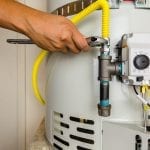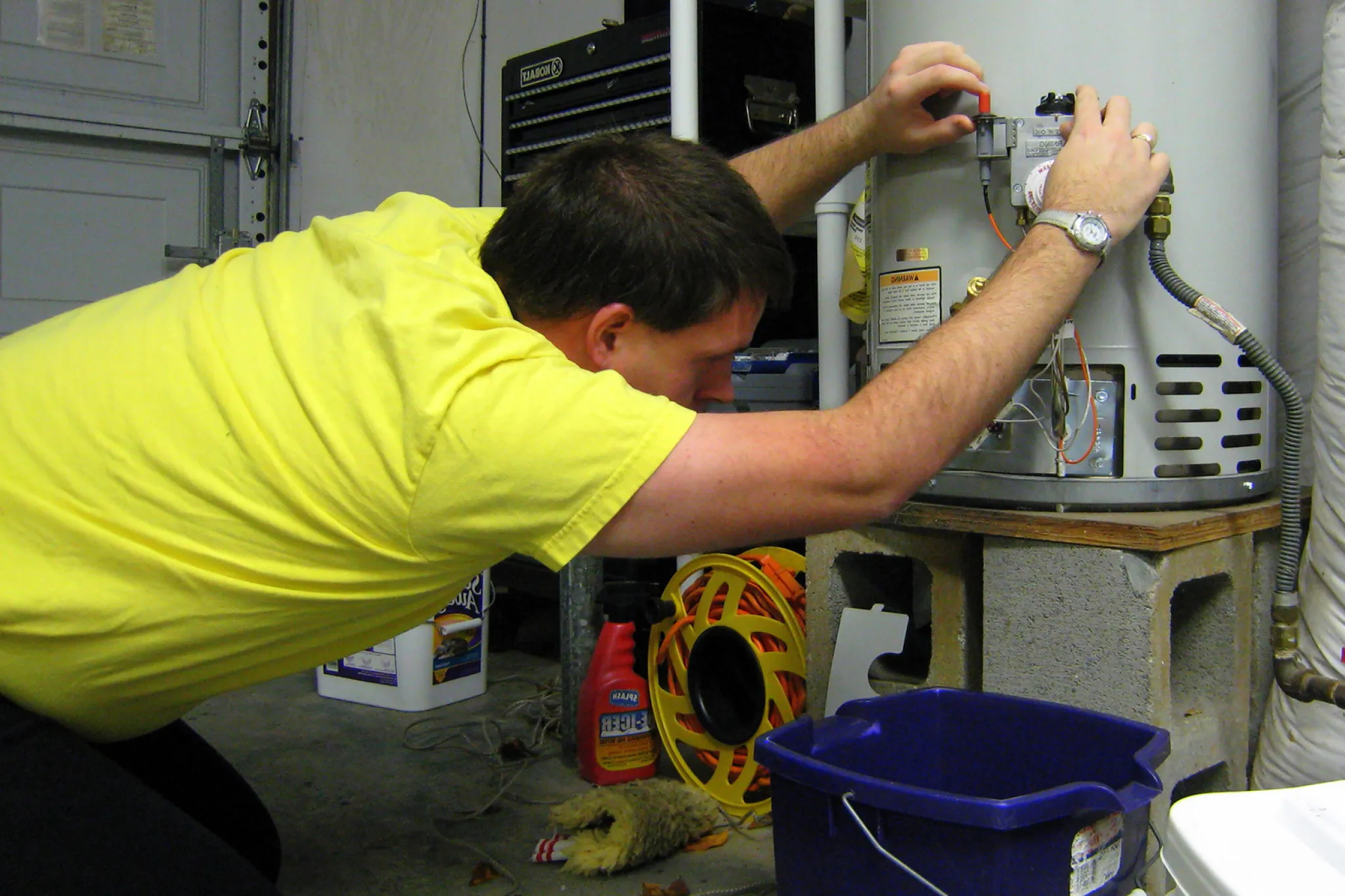Making Sure Durability of Your Home's Hot Water System: Care AdviceHow to Maintain Your Home's Hot Water System Properly
Making Sure Durability of Your Home's Hot Water System: Care AdviceHow to Maintain Your Home's Hot Water System Properly
Blog Article
What're your ideas concerning How to Maintain Your Water Heater & Prolong its Life?

Hot water is vital for daily comfort, whether it's for a refreshing shower or cleaning recipes. To guarantee your warm water system runs effectively and lasts longer, normal maintenance is key. This post offers practical pointers and understandings on just how to preserve your home's hot water system to stay clear of interruptions and costly fixings.
Intro
Maintaining your home's warm water system may seem difficult, but with a few straightforward steps, you can ensure it runs efficiently for many years to find. This overview covers whatever from understanding your hot water system to do it yourself upkeep tips and recognizing when to hire specialist assistance.
Value of Maintaining Your Warm Water System
Regular upkeep not only expands the lifespan of your warm water system but additionally guarantees it operates successfully. Overlooking upkeep can result in lowered effectiveness, greater energy costs, and also premature failing of the system.
Signs Your Hot Water System Demands Maintenance
Recognizing when your hot water system requires focus can protect against major concerns. Look out for indicators such as inconsistent water temperature, weird noises from the heating unit, or rusty water.
Flushing the Hot Water Heater
Flushing your water heater gets rid of sediment accumulation, boosting efficiency and extending its life.
Monitoring and Replacing Anode Rods
Anode rods protect against corrosion inside the storage tank. Evaluating and replacing them when worn is important.
Complex Problems Calling For Professional Assistance
Instances include major leakages, electric problems, or if your water heater is constantly underperforming.
Regular Professional Maintenance Perks
Specialist maintenance can include extensive examinations, tune-ups, and ensuring compliance with security criteria.
Evaluating and Adjusting Temperature Settings
Changing the temperature level setups makes certain optimum efficiency and safety.
DIY Tips for Maintenance
You can do a number of upkeep jobs on your own to maintain your hot water system in top condition.
Checking for Leaks
Frequently check pipelines and links for leakages, as these can bring about water damages and higher bills.
Understanding Your Warm Water System
Prior to diving right into upkeep jobs, it's handy to understand the basic components of your hot water system. Typically, this includes the water heater itself, pipes, anode rods, and temperature controls.
Monthly Upkeep Tasks
Normal month-to-month checks can aid capture small problems prior to they intensify.
Testing Stress Alleviation Valves
Examining the stress safety valve ensures it functions correctly and protects against too much stress accumulation.
Protecting Pipes
Insulating warm water pipelines minimizes warm loss and can save energy.
When to Call a Specialist
While do it yourself upkeep is useful, some issues call for specialist know-how.
Final thought
Routine maintenance of your home's warm water system is crucial for performance, durability, and cost savings. By adhering to these ideas and understanding when to seek specialist assistance, you can guarantee a dependable supply of warm water without unforeseen disruptions.
How to Maintain an Instant Hot Water Heater
Before tinkering with your hot water heater, make sure that it’s not powered on. You also have to turn off the main circuit breaker and shut off the main gas line to prevent accidents. Also turn off the water valves connected to your unit to prevent water from flowing into and out of the appliance. 2. When you’re done, you have to detach the purge valves’ caps. These look like the letter “T” and are situated on either side of the water valves. Doing so will release any pressure that has accumulated inside the valves while at the same time avoid hot water from shooting out and burning your skin. 3. When the purge valves’ caps are removed, you have to connect your hosing lines to the valves. Your unit should have come with three hoses but if it didn’t, you can purchase these things from any hardware or home repair shops. You can also get them from retail stores that sell water heating systems. Read the user’s manual and follow it to complete this task properly. When the hosing lines are connected, open the purge port’s valves. 4. You should never use harsh chemical cleaners or solutions when cleaning your unit. Make use of white vinegar instead. It should be undiluted and you’ll probably use about 2 gallons. 5. Now flush your water heater. This task should probably take about 40 minutes. We can’t give you specific directions for this because the procedure is carried out depending on the type, model and brand of your heater. With that being said, refer to the user’s manual. 6. When you’re done draining the unit, you have to turn off the purge port valves again. Remove the hosing lines that you earlier installed on each of the water valves. Put the valve caps (purge port) back in their respective places and be very careful so as not to damage the rubber discs that are found inside these caps. 7. Now that everything’s back in place, check your user’s manual again to find out how to reactivate your water heating system. 8. Once it is working, turn one of your hot water faucets on just to let air pass through the heater’s water supply pipes. Leave the tap on until water flows smoothly out of it. https://www.orrplumbing.com/blog/2014/september/how-to-maintain-an-instant-hot-water-heater/

We were shown that write-up on How to Maintain Your Water Heater & Prolong its Life through a good friend on our other web page. Kindly pause to promote this entry if you appreciated it. Thanks so much for taking the time to read it.
Course Detail Report this page